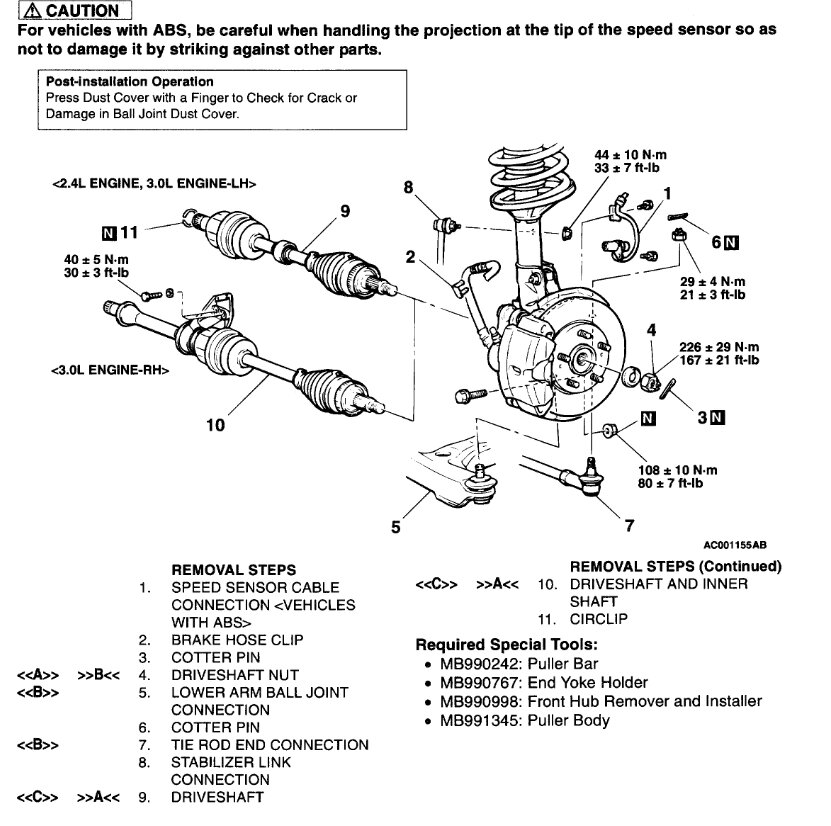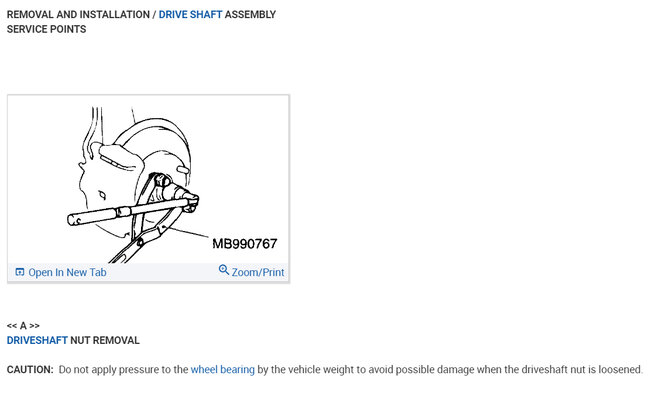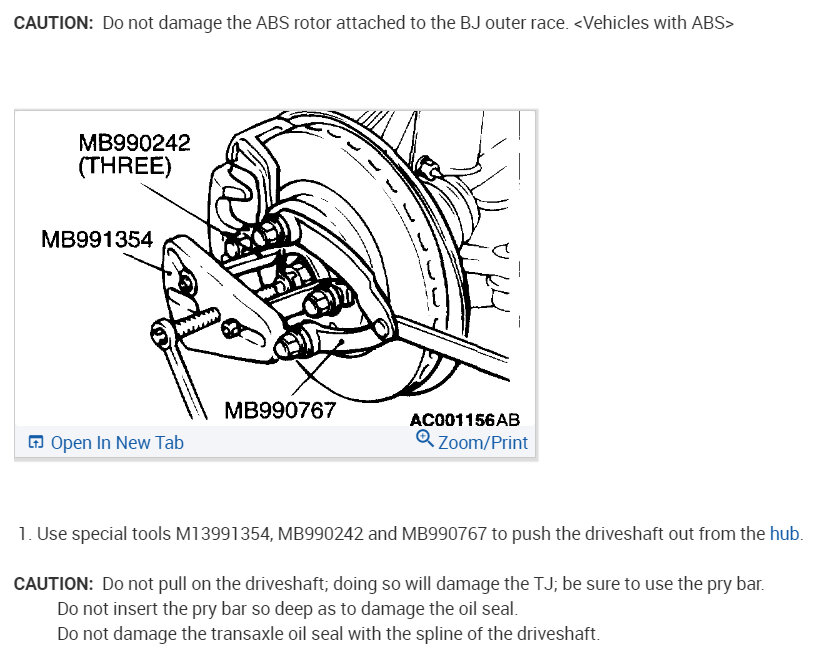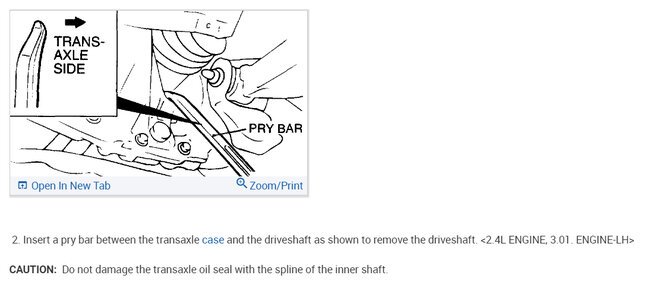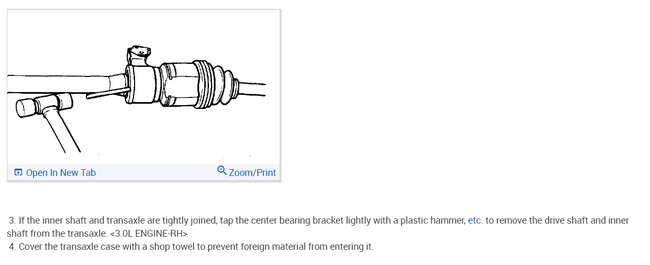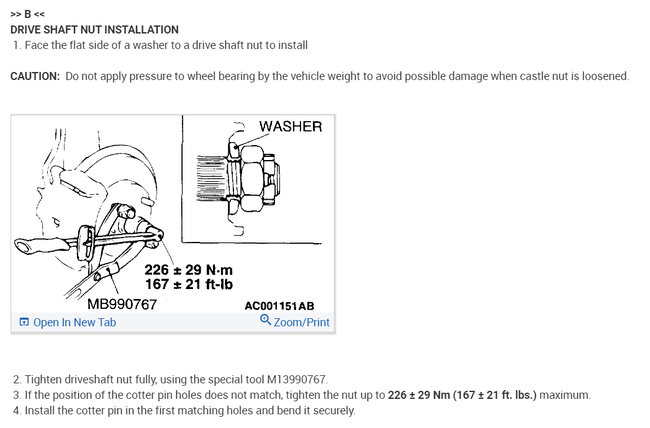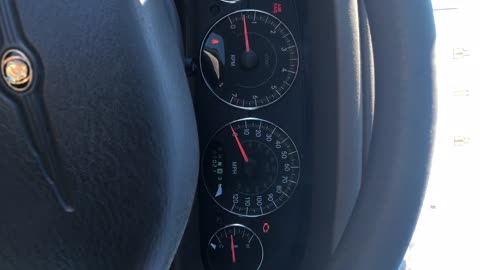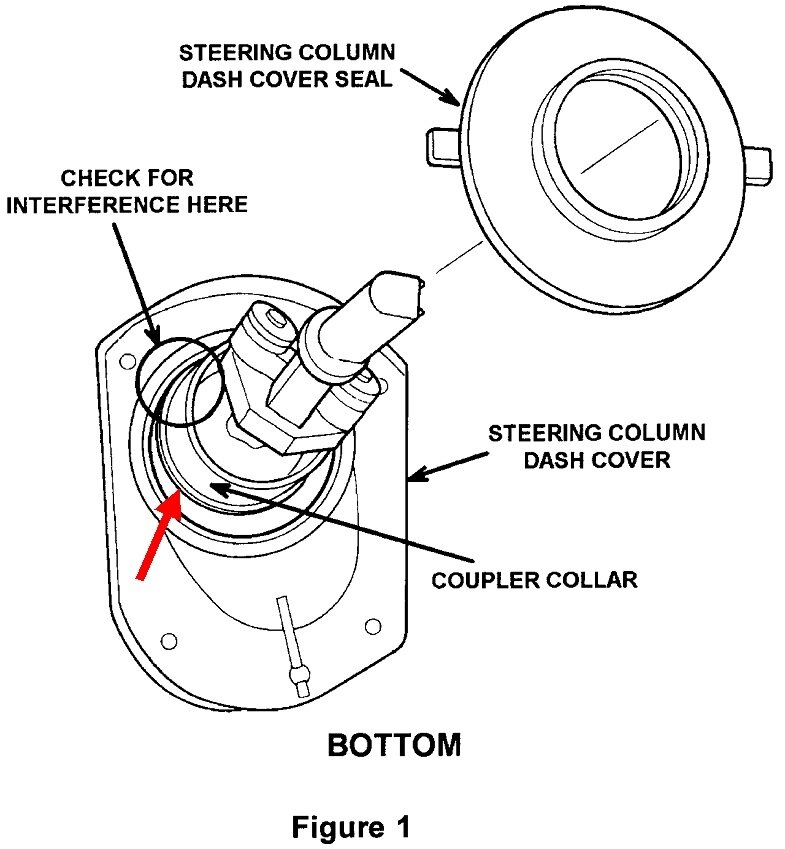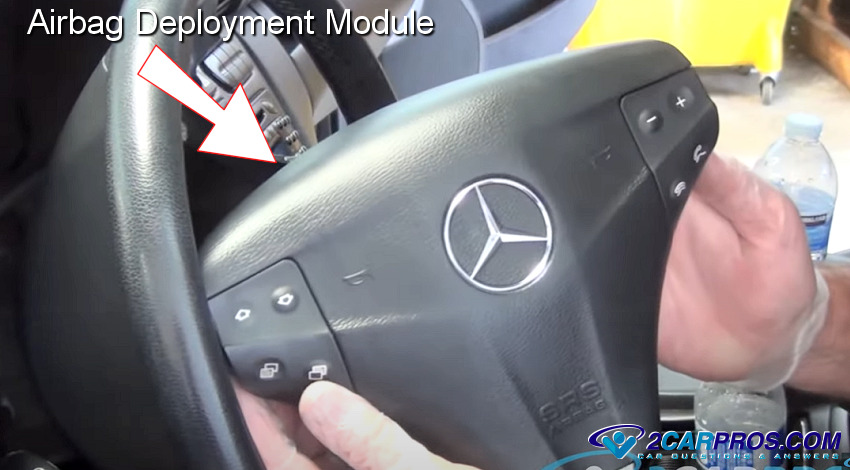Hi guys. I've been following to learn the solution. After hearing the video, two things came to mind. The first is there is usually a very small universal joint in the steering shaft under the dash. Look for that, hold one hand on it to feel it as you turn the steering wheel with your other hand. If it's binding, you should be able to feel it.
The other suggestion has to do with a similar problem on the mid to late '90s Neons. There was a service bulletin for a creaking noise, especially in very cold weather. I looked under the '95 and '96 models but couldn't find that bulletin. It had to do with the steering shaft sticking to the rubber weather seal down by the firewall. The suggested repair was complicated by a large hard rubber cover that had to be removed to gain access to the seal. The steering shaft did not have to be disconnected, but that boot did have to be slid up on it, out of the way.
The next step was to remove three self-tapping screws that went into the firewall. Those were special screws that had no threads right under the heads, so once you ran them in, they could just keep spinning and spinning without tearing out the hole in the sheet metal. You had to use a cotter pin hook to pull the boot up as you ran the screws out with an air-powered ratchet. A hand ratchet worked too, but took longer. Pulling up on the boot pulled the screws up to where the threads would catch, then they could be run out like normal.
Once the three screws were out, that seal could be lifted up, then we were to spray on some of Chrysler's "Spray White Lube", then reassemble everything. That's a white lithium grease that goes on very runny. The juice runs into tight places and takes the grease with it. Later, the juice evaporates but it leaves the grease behind. It works great for door hinge pins. Now you can find similar greases at any hardware store.
That grease does get rather hardened after a while and looks like an oil film on the engine that dirt has settled on, but it's cream-colored. If you go through all this work, you might consider using a light axle grease or the grease you use for ball joints and tie rod ends.
After doing a number of these, I got to the point that I didn't need to remove the hard rubber cover or the seal. By knowing where to stuff the cotter pin pick in, I could pull the boot back enough to spray in the grease. We had a number of good customers who liked to work on their own stuff. For them, I often suggested just spraying some "Silicone Spray Lube" on the seal. That stuff looks like and goes on like water. It evaporates, but leaves a film of "slippery" behind. That will sneak past the seal and get to the area that's rubbing, but I don't know how long that will last. You might try that to see if the noise is gone for a few weeks. If it is, but comes back, redo the job with a grease.
This drawing shows the seal for your car. It looks much like those on the Neons, but I don't see that hard rubber cover. The tip of my red arrow is touching the edge of the seal that must be pulled back to squirt in the grease. If you don't have a cotter pin pick, I would use one screwdriver to stick in under the seal and hold it away a little, then put some light wheel bearing grease on the tip of a flat-blade screwdriver, and stuff that in there. Remove the first screwdriver, then the lip of the seal will wipe the grease off the second one and leave it in there as you pull it out.
If this doesn't help, I'll be sitting in my corner waiting in case you need more of my wondrous wisdom, and to learn the solution.
Image (Click to make bigger)
Wednesday, November 15th, 2023 AT 7:30 PM
